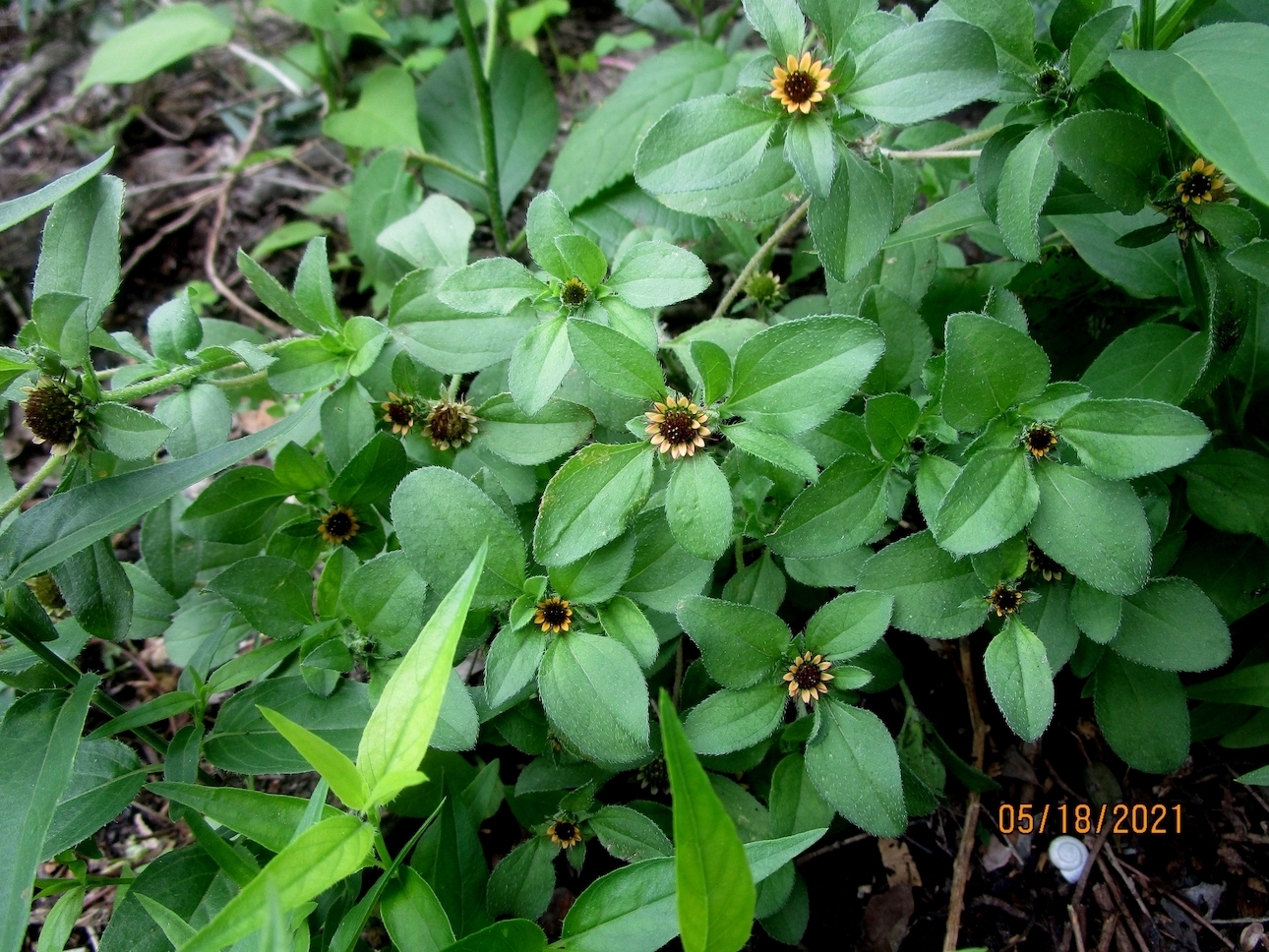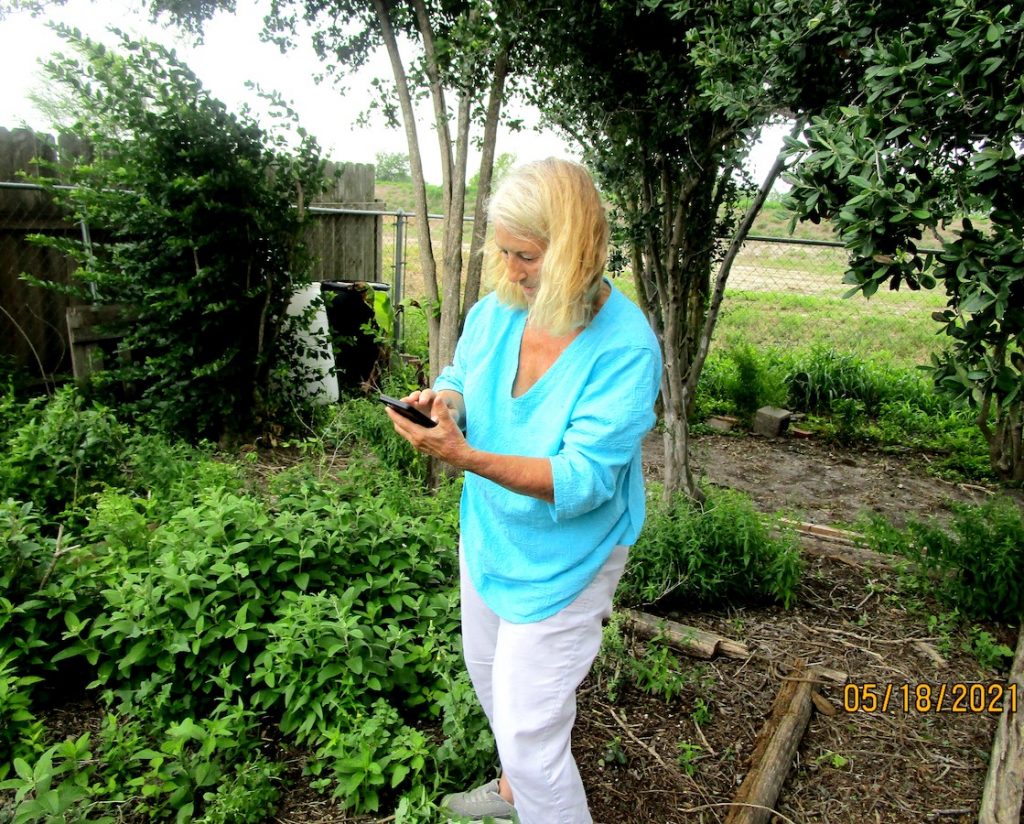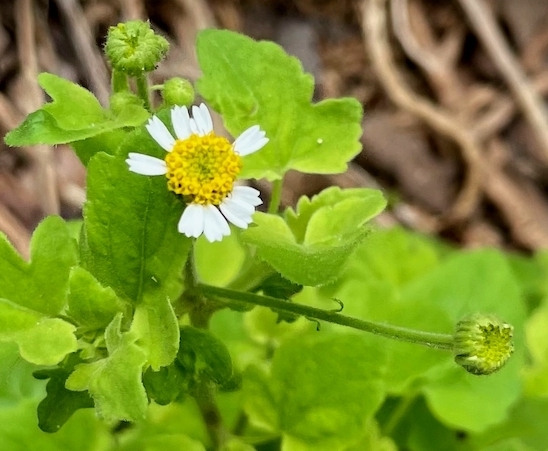by Frank Wiseman

Among the first plants we placed in TMN’s planting of the Runyon Garden in Harlingen’s Hugh Ramsey Park was a wild zinnia. At the time, I believe that is what we called it. In 2007, I joined a group of the Native Plant Society of Texas members on a special bus trip to Mexico’s El Cielo. It was a one-week tour of that area that included a rugged pickup trip up to the top of the El Cielo Mountain. The plants were varied along the road up the mountain, and we saw many wild orchids and lots of plants not native to Texas.
After our stay at El Cielo, we took a tour to the west side of that mountainous area which was more desert-like. There I discovered the same wild zinnia that we had planted in Runyon’s Garden. I was happy to find it growing low to the ground and managed one good photo of it.
Because of the freeze in February of this year, my yard, like most yards, was devastated to a great degree and had to be cleared of many dead shrubs, a couple of trees, and lots of forbs.

On May 18, 2021, I was sharing my yard and some plants with fellow Texas Master Naturalist, Anita Westervelt. We ventured to one area in the back part of the backyard to look for a Torey’s Croton. As she was trying to dig up a small Torey’s Croton, she discovered the wild zinnia. “It’s a cute little sprawling plant,” as Anita described it. She immediately snapped a photo and sent it to iNaturalist for an ID. Firstly, she got several names, but a final ID proved it to be the Mexican Creeping Zinnia (Sanvitalia procumbens).
https://www.plantopedia.com/sanvitalia-procumbens/ describes this plant: “The Sanvitalia procumbens is also known as the Mexican creeping zinnia and is often identified as a miniature sunflower.” However, as I looked at this web page, I found the pictured plant and its flowers somewhat different from my garden’s wild zinnia. So, I am still not sure the scientific name is correct. After posting my photos on Facebook, I had a reply from Matt Kauffman, local plant grower, and he says it is a Mexican Creeping Zinnia.

As I see it, I am happy to have a plant come into my garden as a new species that planted itself by some means as of now unknown. I know that in addition to this little wildflower, I also found several other plants that had disappeared from my yard and are now back. One such plant is the native Ruellia.

We also found a little daisy that iNaturalist says is a Shortray Rockdaisy. In Plants of Deep South Texas, pg. 117, it’s called Short Ray Rock Daisy (Perityle microglossa). Who knows how it got planted? I think the freeze allowed long buried seeds to awaken and live.
What plant surprises await you in your backyard?